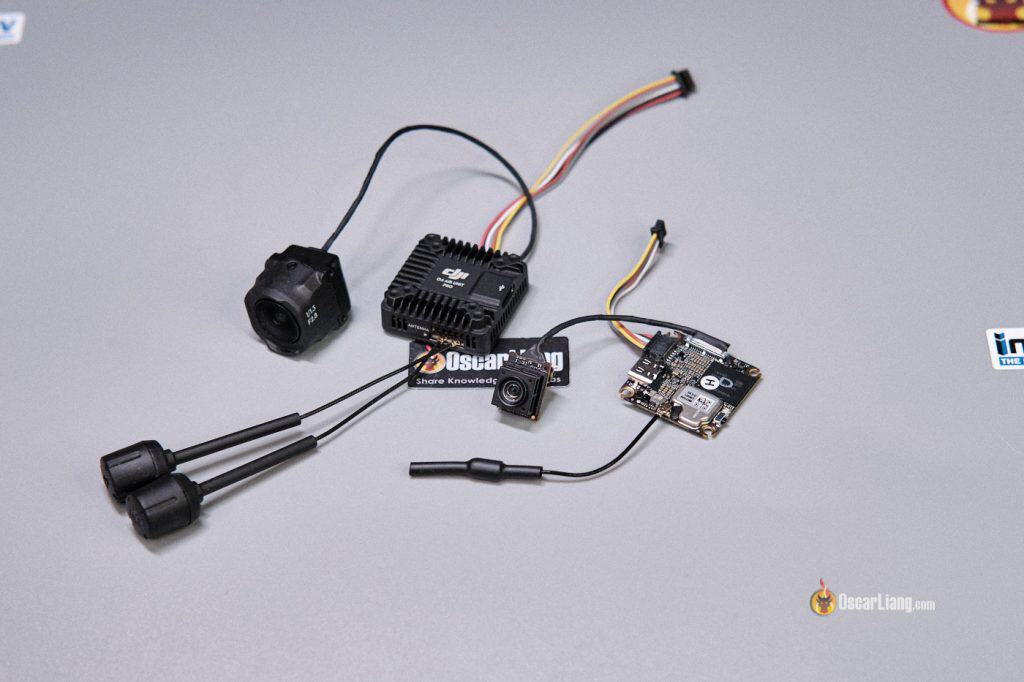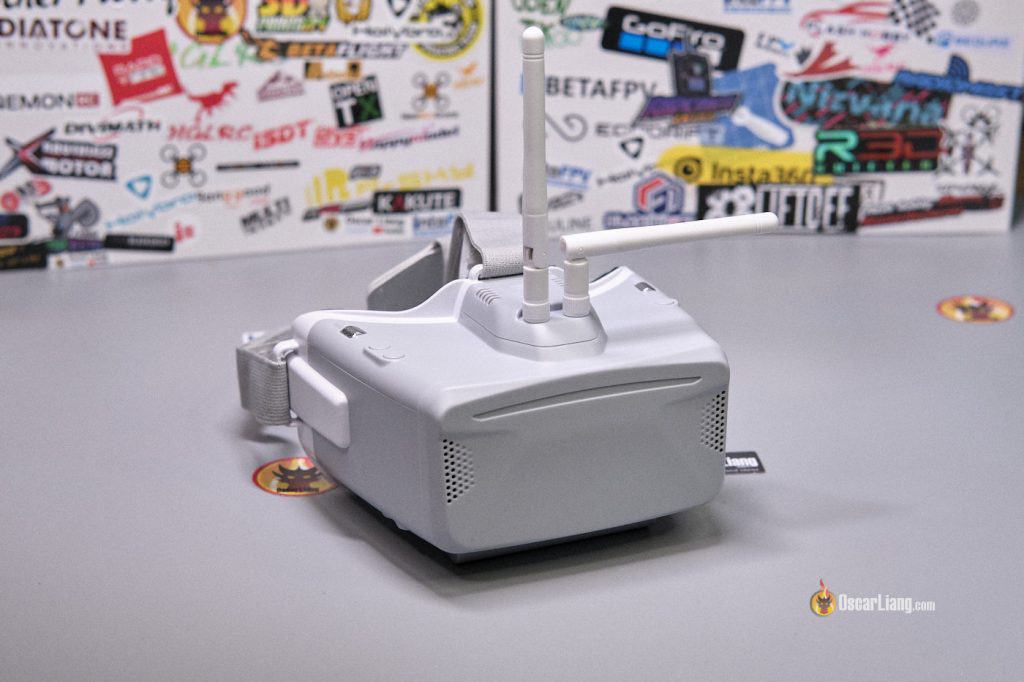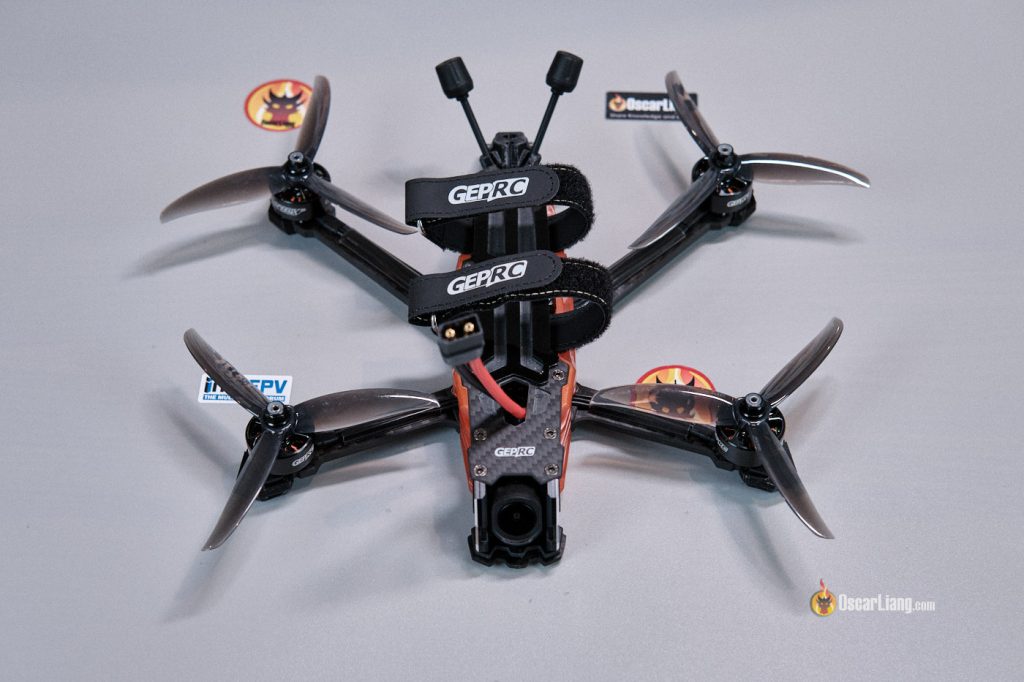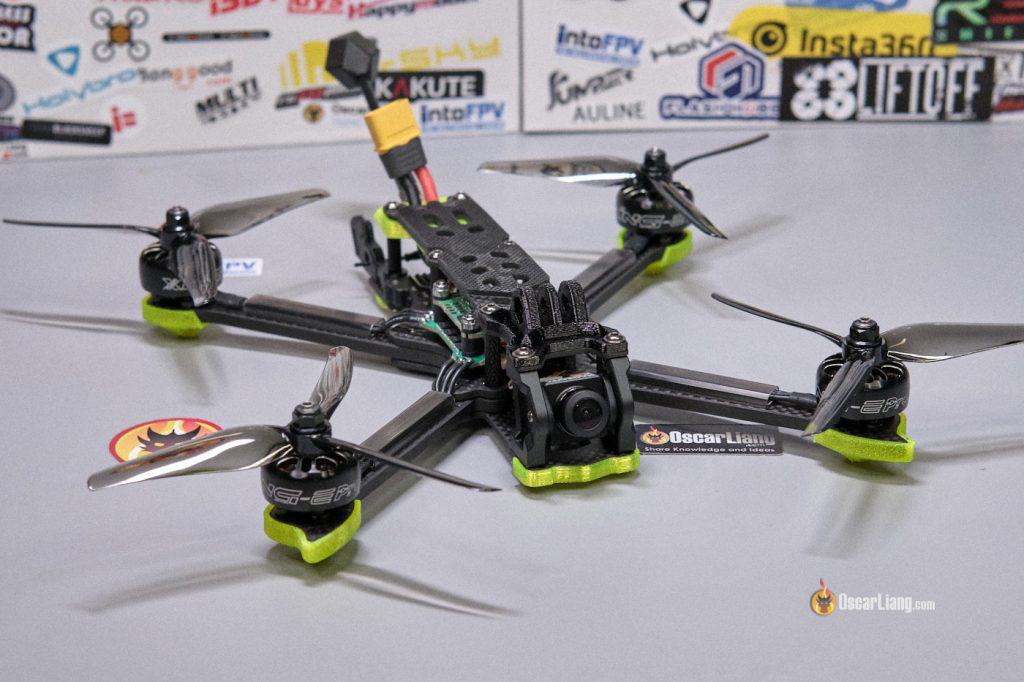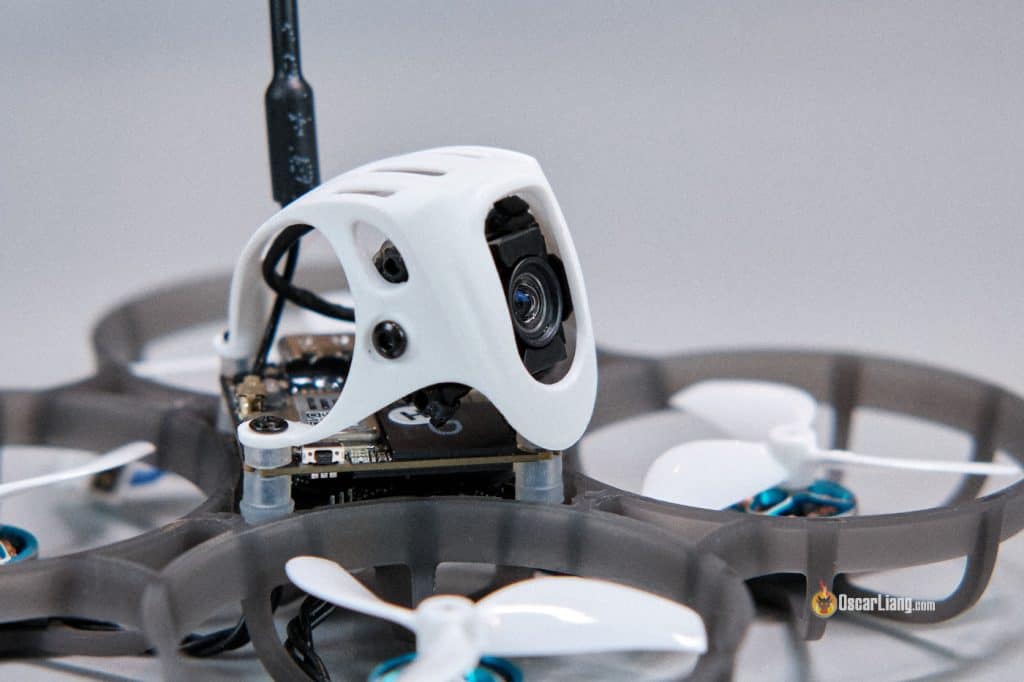In this post, I will share the tools, gear, and FPV drones that I use on a daily basis. I test and review products regularly, and while I recommend various products, the ones mentioned here are my personal favorites. I try to update this post as often as I can, but please do check the edit history at the bottom to make sure you are getting the latest info. Please let me know if this post gets a little outdated and I will update it asap.
Disclaimer: I am not sponsored by any company; all opinions are my own.
Radio and Receivers
For radio link, ExpressLRS (ELRS) is my go-to choice at the moment—offering the best value, performance, and hardware options.
When it comes to radios, I really like the ones from Radiomaster. Their radios are solid, you can’t go wrong with them. Here are the radios I recommend: https://oscarliang.com/radio-transmitter/#recommendations.
However, my current daily driver is the T20S from Jumper. It’s compact and yet still offers nearly all the features you’d find in a full size radio. I prefer the original, non-Gemini version because it’s cheaper, and the range is more than enough. See my review here: https://oscarliang.com/jumper-t20-radio/
My T20S has undergone various DIY modifications to suit my preferences and needs, find the details here: https://oscarliang.com/setup-jumper-t20s-radio/.
All the new ExpressLRS receivers are quite similar in terms of capability, so just choose one that fits your budget and brand preference. Radiomaster, BetaFPV and Flywoo all make great receivers. See receiver selections here: https://oscarliang.com/setup-expresslrs-2-4ghz/#Receivers
FPV Systems and Goggles
I’ve used all the mainstream FPV systems out there, they all have their pros and cons.
For freestyle, long range and cinematic flying, DJI is the go-to. Image quality is similar unmatched, and the video link is rock solid. It now offers the O4 Air Unit which is great for micro quads as well. I still fly analog, mainly for tiny whoops. Analog is the cheapest FPV option and the lightest, which is perfect for micro quads. There are a lot to consider when it comes to FPV systems, I have a buyer’s guide which explains in more details: https://oscarliang.com/fpv-system/
Once you’ve decided on which system to use, the choice of FPV goggles becomes straightforward as there are usually only a few goggles to choose from. If you want to get Walksnail or HDZero, get their flagship goggles, I DO NOT recommend using their external modules. Not only the HDMI connection adds extra delay, the dangling wires are also messy, the overall setup is clunky and bulky. And if you want to fly analog, get a set of dedicated analog goggles, such as the Skyzone Cobra SD or SKY04X Pro. Here is my FPV Goggles buyer’s guide: https://oscarliang.com/fpv-goggles/.
Right now, my daily driver is the DJI Goggles 3 and O4 Air Unit (both Pro and Lite)—this combo offers the best image quality, range, and penetration.
For analog, the Skyzone SKY04X Pro is my go-to. It offers the best image quality, a very wide field of view, and focal length adjustment, which is handy for those who wear glasses.
The best budget analog goggles would be the Cobra SD Although they are box goggles with an LCD screen, image clarity is still very decent! The advanced built-in OSD menu significantly improves user experience and even supports external receiver modules.
Antennas
Since our FPV systems run on 5.8GHz, you can use the same antennas with DJI, Walksnail, HDZero and Analog. Just make sure you have the correct connector (i.e. SMA vs RP-SMA) and have matching polarization (i.e. RHCP vs LHCP).
Check out my FPV antenna recommendations for some ideas: https://oscarliang.com/best-fpv-antenna/
Analog Video Receiver Module
For analog receiver modules, there are only two options worth considering in my opinion: ImmersionRC Rapidfire and TBS Fusion. See my comparison for a bit more detail: https://oscarliang.com/rapidfire-fusion/.
Rapidfire
TBS Fusion
LiPo Charger
My daily driver is the ToolkitRC Q6AC. It’s one of the most powerful and feature-packed chargers you can get right now. It offers four outputs (can charge 4 LiPo simultaneously and individually), and can be powered by both AC and DC. See my review here: https://oscarliang.com/toolkitrc-q6ac-lipo-charger/
Although this charger has multiple ports, I still use parallel charging boards. Why? Even when not parallel charging, it makes plugging in batteries much easier 🙂 My favorite parallel charging board at the moment is the HGLRC Thor because it has fuse protection: https://oscarliang.com/hglrc-thor-pro-6-parallel-charging-board/
For charging in the field, I prefer something more portable. I quite like the iSDT Q6 Nano. It’s lightweight, can charge 1S to 6S batteries, and is affordable at only $30. The SkyRC B6Neo is also a great alternative: https://oscarliang.com/skyrc-b6neo-lipo-charger/
If your charger doesn’t have a built-in power supply and requires DC input, you will need an external PSU.
You can get a server or computer power supply if you know how, or you can buy one off the shelf like these:
- 100W PSU:
- 240W PSU:
- 360W PSU:
- 400-460W PSU:
- 600W PSU:
- 1200W PSU:
Most PSUs output either 12V or 24V, so make sure your charger can take the higher voltage. If possible, get the 24V over 12V, some chargers can put out more power at higher input voltage.
If you want a cheap and simple charger that comes with a power supply that you can plug straight into the wall, the the ISDT 608AC is a good beginner option. It’s not very powerful but gets the job done.
To charge multiple batteries simultaneously, consider using a parallel charging board. Make sure to read this article to learn how to parallel charge LiPo batteries: https://oscarliang.com/parallel-charging-multiple-lipo/.
For charging batteries in the field, I use these large capacity batteries.
Tools
Here are some of my favorite tools. There are others you might find useful, as explained in this post: https://oscarliang.com/fpv-tools/.
Supplies & Materials
Spare and building materials that I have good experience with.
My Favourite BNF
These are pre-built FPV drones that I love the most.
DJI Avata 2
Review: https://oscarliang.com/dji-avata-2/
It might be surprising to some, but the Avata 2 is actually the drone I’ve flown the most in 2024. It’s just so convenient to take with me when I go travelling, and the video quality form the onboard camera is almost as good as a GoPro minus the weight. Flight performance isn’t as good as a typical 5″ and there are height and speed limitations, but as long as it’s not too windy it can get the job done, e.g. taking cinematic shots and cruising around. Safety features such as return to home and emergency brake give the user peace of mind too.
Fly More Combo (3 batteries):
GEPRC Vapor D5
Review: https://oscarliang.com/geprc-vapor-d5-o4/
When I am not flying the DJI Avata 2, I am probably flying the Vapor D5. It’s currently my favourite quad with DJI O4 Pro for cinematic flying.
iFlight Nazgul ECO
Review: https://oscarliang.com/iflight-nazgul-eco-fpv-drone/
One of the cheapest 5-inch BNF on the market currently – even cheaper than building your own (with similar specs components).
Meteor75 Pro O4 Whoop
Review: https://oscarliang.com/betafpv-meteor75-pro-o4-whoop/
My favourite tiny whoop with DJI O4 for flying in the house and backyard.
Air65 Tiny Whoop
Review: https://oscarliang.com/betafpv-air65/
My favorite tiny whoop so far in 2024, can’t beat the performance and value.
SpeedyBee Bee25
Review: https://oscarliang.com/speedybee-bee25-cinewhoop/
2.5″ cinewhoop for carrying a naked GoPro for taking cinematic footage.
HGLRC Draknight 2″ Micro Drone
The Draknight is one of the best micros I reviewed in 2024 – an 1S 2inch analog micro quad. Very sturdy and unique design, and it’s super quiet, flies incredibly locked in and nimble, just a perfect park ripper. I reviewed it with the RTF kit, but you can purchase this quad on its own if you already have your own goggles and radio:
Other Recommendations
Edit History
- 2018 – Article created
- 2020 – Updated list
- 2021 – Updated list
- 2022 – Updated list
- 2023 – Updated product links
- 2024 – Updated products
- Mar 2025 – Updated products







